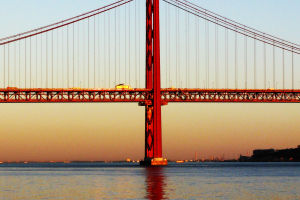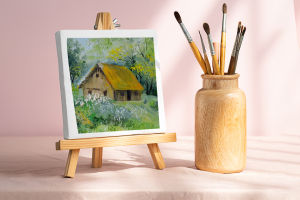Art's Dichotomy
The debate over the supremacy of painting versus sculpture has subsided, allowing for a more nuanced exploration of their commonalities and distinctions.
While artists may still harbor personal preferences for their chosen medium, they no longer seek to assert the superiority of one over the other.
Instead, contemporary discourse focuses on understanding the unique qualities of each art form and how they intersect within the broader landscape of artistic expression.
In contemporary art, painting engages in both competition and collaboration with other forms such as sculpture, installation, and performance art. While conceptual and experimental art forms have risen to prominence for their innovative approaches and emphasis on ideas over traditional techniques, painting maintains its significance as a timeless and adaptable medium.
Some avant-garde artists may view painting as a conventional craft, yet they utilize new media and technologies to infuse their work with contemporary relevance. However, many artists continue to push the boundaries of painting, exploring new forms of expression and engaging in dialogue with diverse artistic disciplines.
The role of painting in contemporary art is multifaceted. It can be integrated into multimedia installations, sculptures, or performances, enriching the viewer's experience through dynamic combinations of visual elements.
Painting retains its autonomy as a standalone medium, offering artists a platform to explore a wide range of visual and conceptual themes. Rather than being marginalized or relegated to a secondary status, painting is continually redefined and imbued with fresh meanings by artists seeking to innovate and challenge conventions.
In contrast, the sculptor approaches their craft with a meticulous process rooted in observation and understanding of form. Beginning with a mound of clay, the sculptor meticulously studies their subject from all angles, meticulously measuring proportions and analyzing the underlying structure.
They must grasp the intricacies of anatomy, including muscle attachments and skeletal proportions, to convey lifelike realism in their work.
The painter, on the other hand, employs colored pigments on a flat surface to create the illusion of depth and dimension. Painting relies on the principles of optics, leveraging changes in light, shadow, and perspective to convey realism and evoke emotional responses from viewers.
While sculpture aims to capture three-dimensional forms in space, painting is constrained by the two-dimensional nature of its canvas, relying on techniques such as chiaroscuro to create the illusion of depth.
Despite their differences in technique and approach, painting and sculpture share a commonality in their conception. Both art forms seek to communicate ideas and emotions through the manipulation of form, color, and space.
However, their methods of execution vary, with sculpture emphasizing the physical presence of three-dimensional forms and painting focusing on the illusionistic representation of space on a flat surface.
In determining the most suitable medium for artistic expression, artists consider the inherent properties and affordances of each medium.
While painting excels in capturing the nuances of light and shadow, sculpture offers a tactile and immersive experience, inviting viewers to engage with forms in physical space. Ultimately, the choice between painting and sculpture depends on the artist's intent and the conceptual framework of their artistic vision.


